Leonardo da Vinci (April 15, 1452–May 2, 1519) produced hundreds of drawings of human anatomy, insights into human mechanics gained from observing and conducting dissections on corpses in hospitals and morgues. Da Vinci augmented his art with copious notes written in “mirror-writing”, a technique reserved for work he wanted to keep personal. His hunt for knowledge was foremost in the image, which to his mind transmitted knowledge more accurately and concisely than any words. What endures are images at the fluid intersection of art and science.
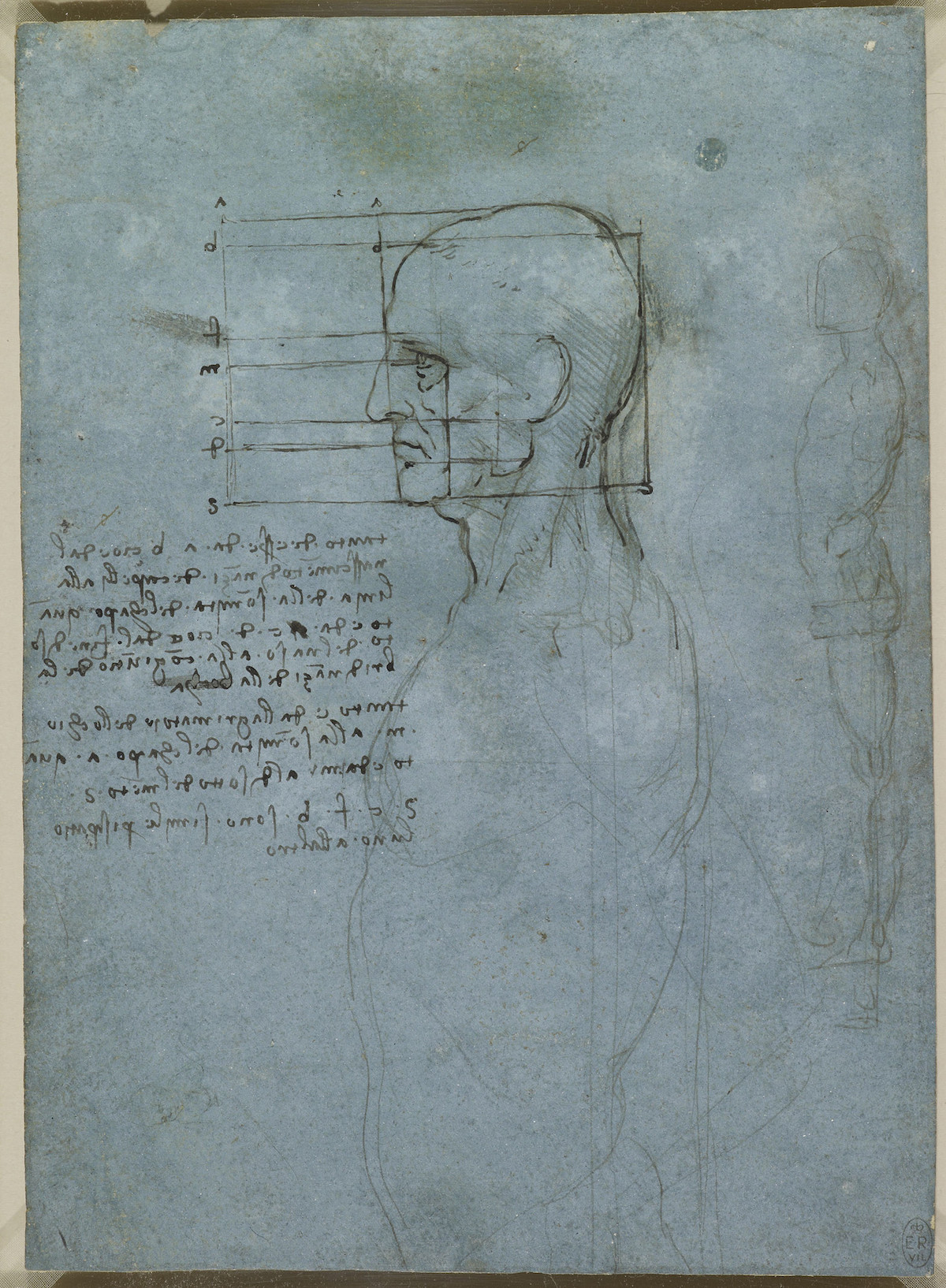
The proportions of the head, and a standing nude c.1490
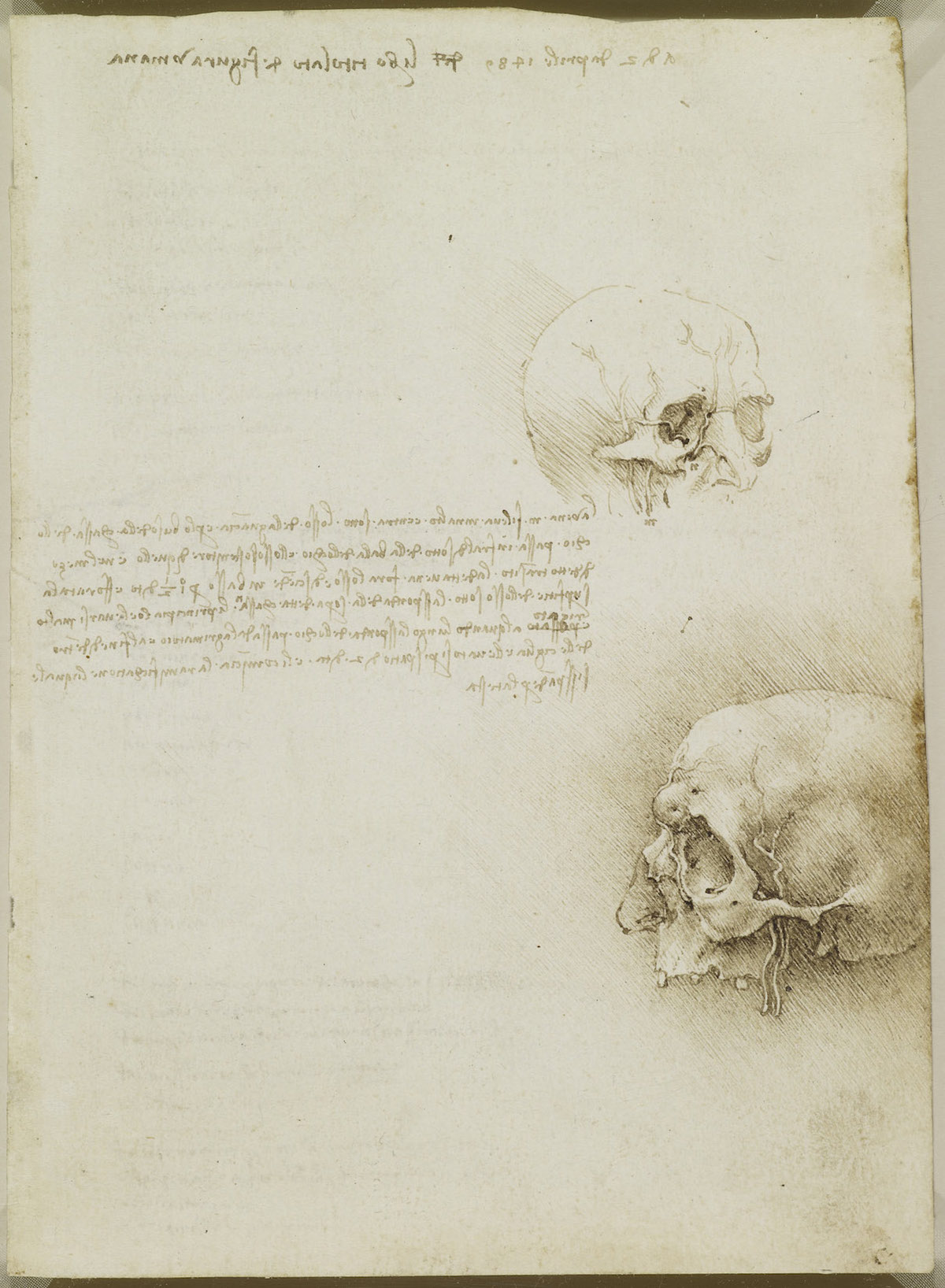
The cranium sectioned. Verso: The skull sectioned 1489

The muscles of the back and arm. Verso: Studies of the intercostal muscles c.1508
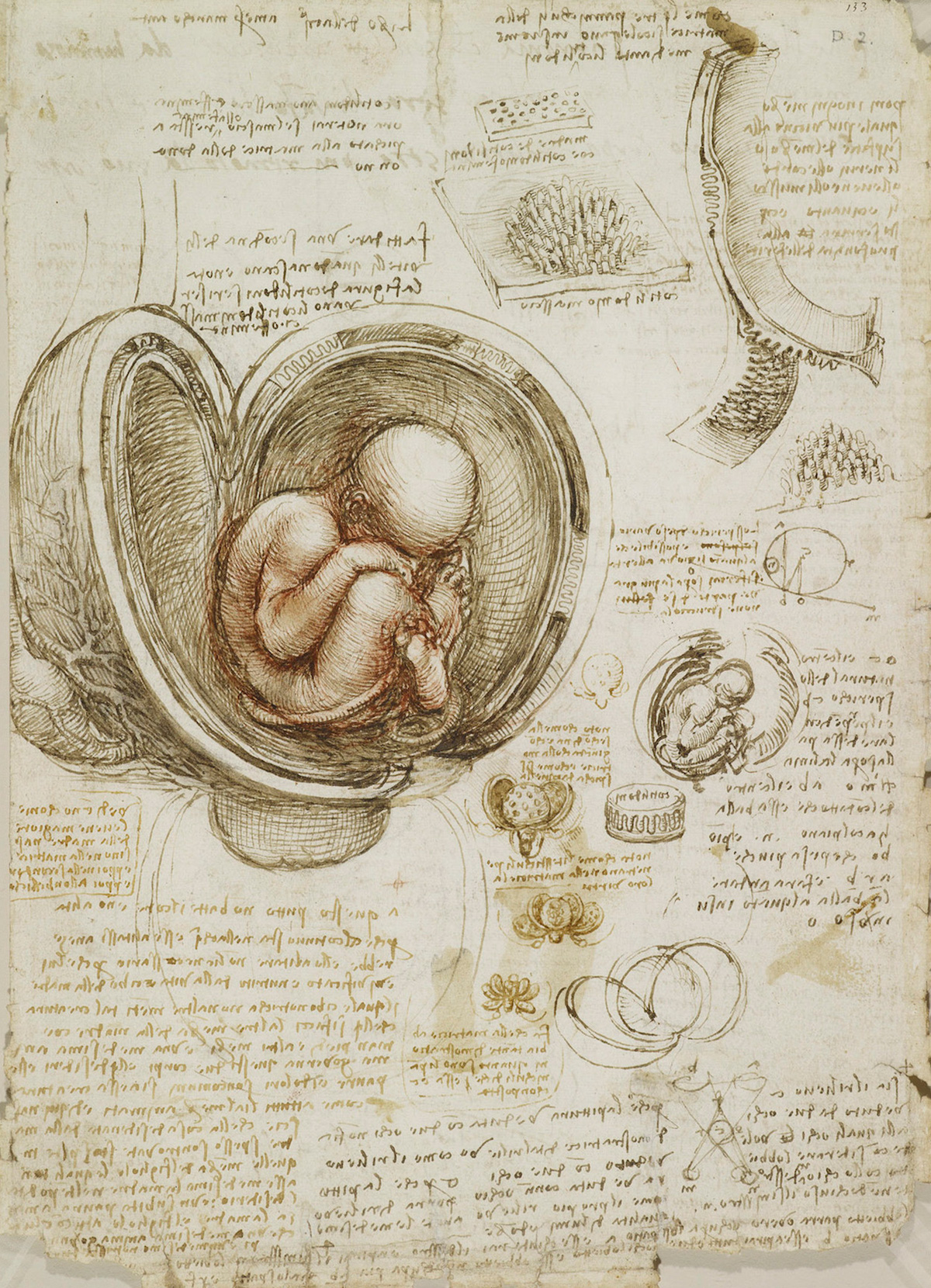
The eyes … are the chief means whereby the understanding may most fully and abundantly appreciate the infinite works of nature.
The eye counsels all the arts of mankind … it is the prince of mathematics … it has given birth to architecture and to perspective and to the divine art of painting. Painting encompasses all the ten functions of the eye, that is, darkness, light, body, color, shape, location, remoteness, nearness, motion and rest.
Because of the eye the soul is content to stay in its bodily prison, for without it such imprisonment is torture. Who would believe that so small a space could confirm the image of all the universe?
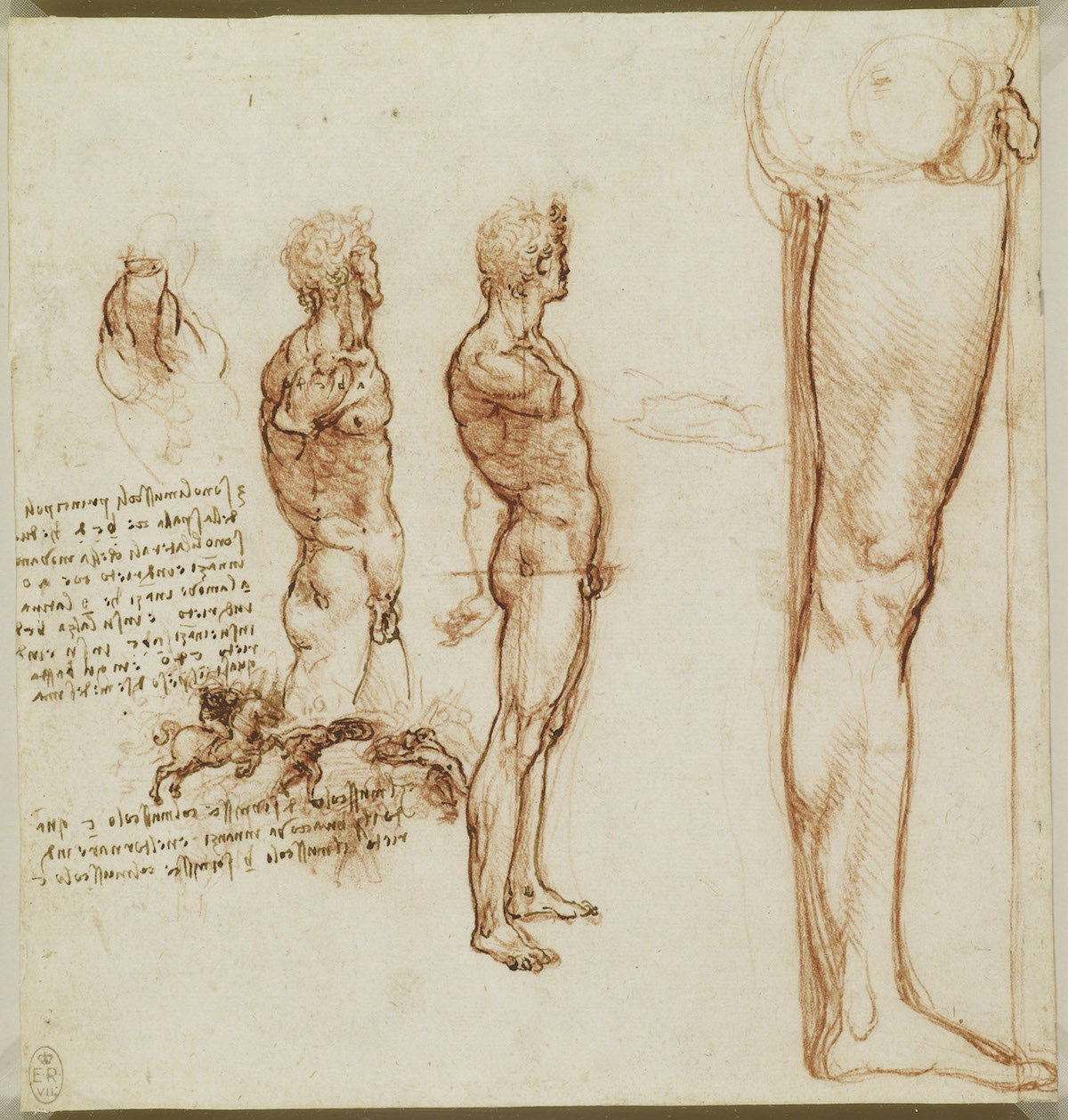
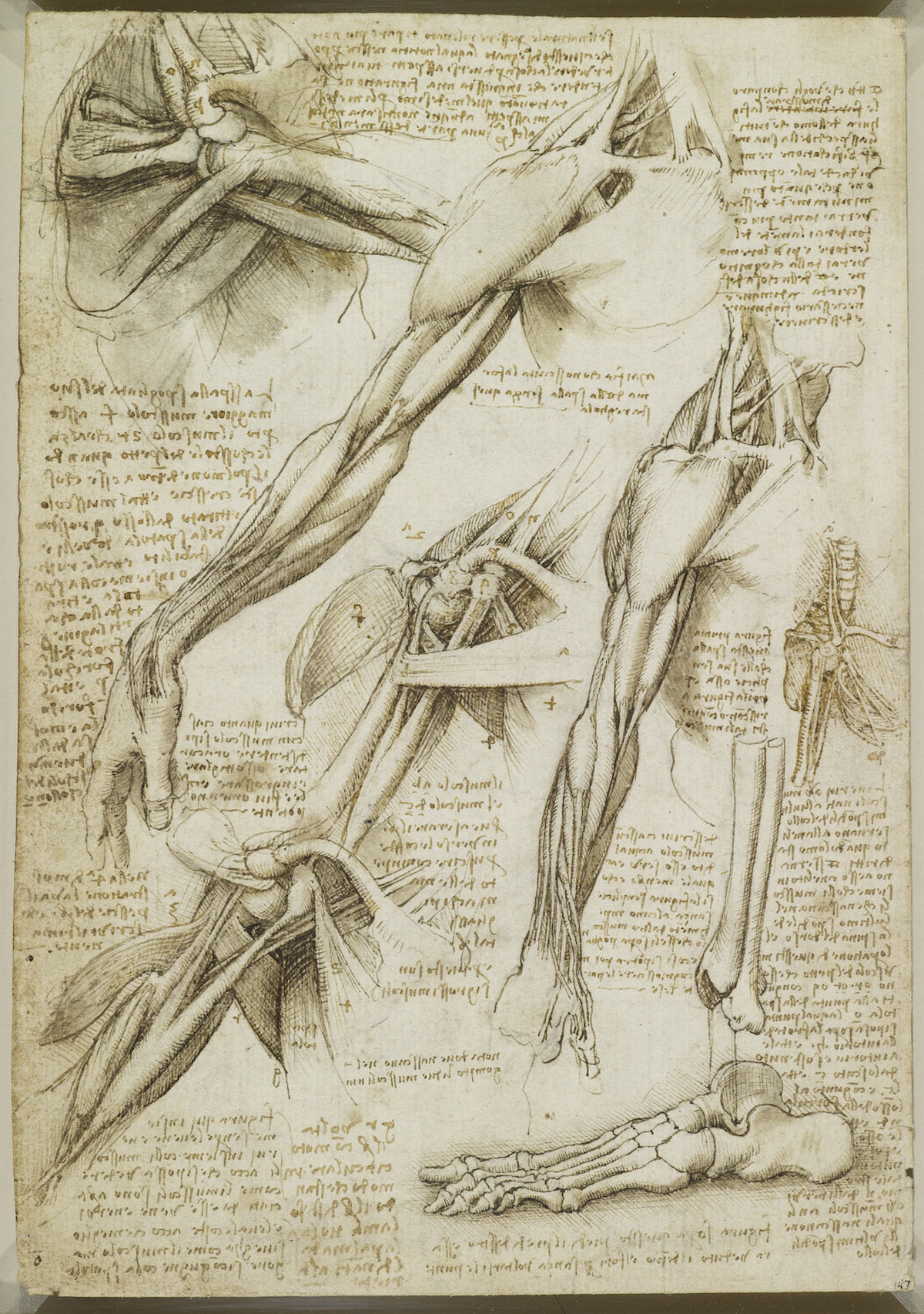
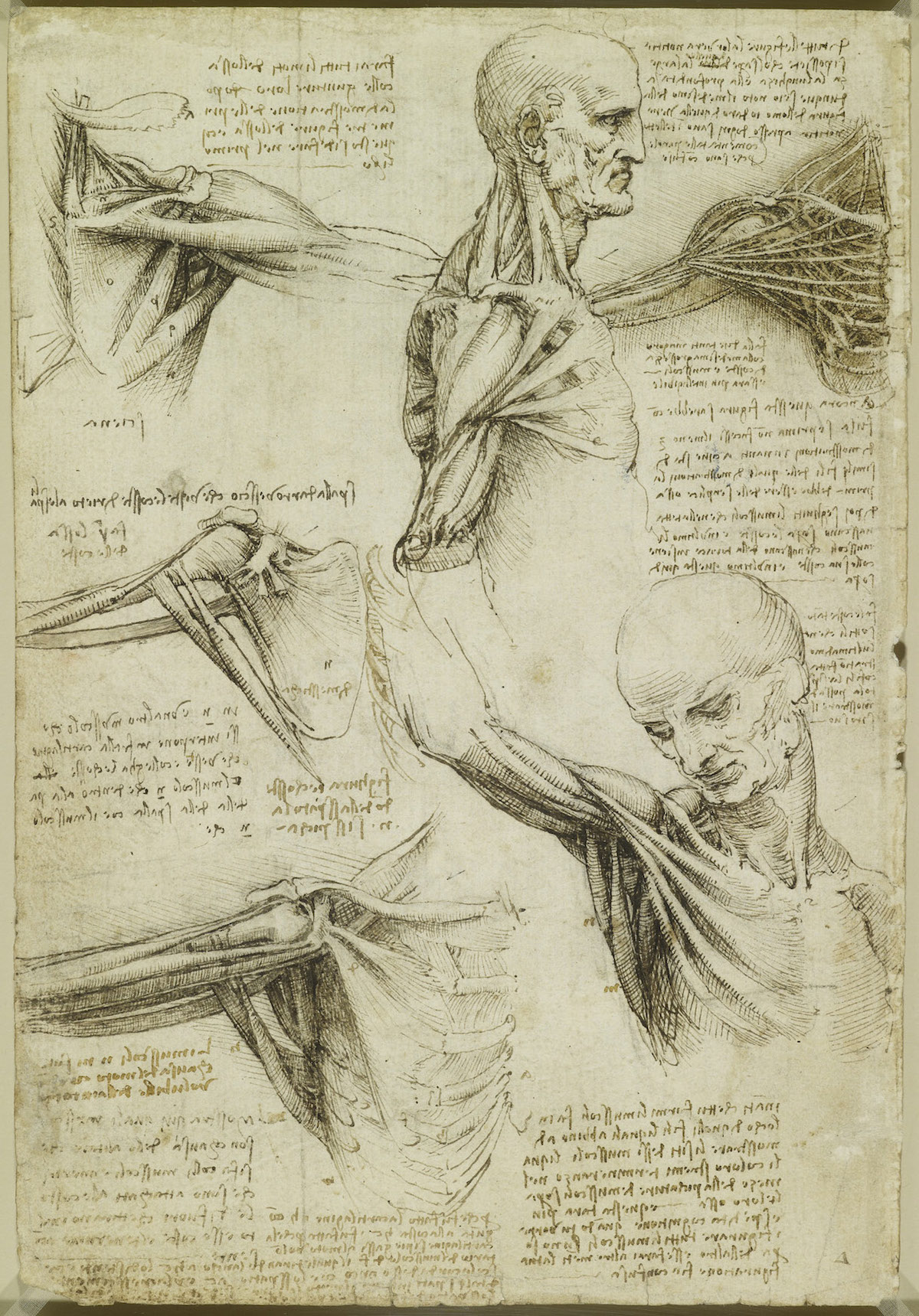
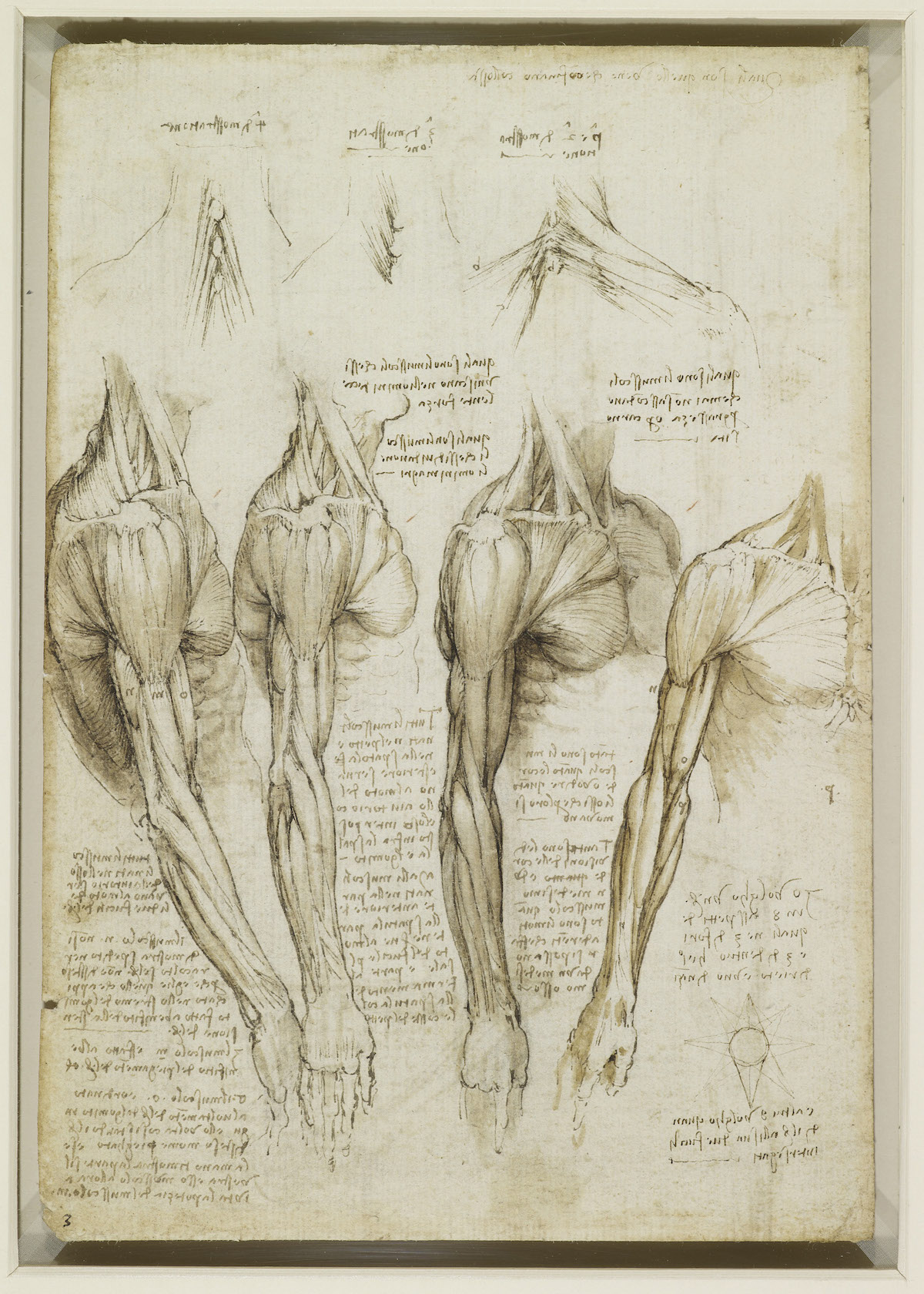
This photograph is issued to end-user media only. Single use only. Photographs must not be archived or sold on.
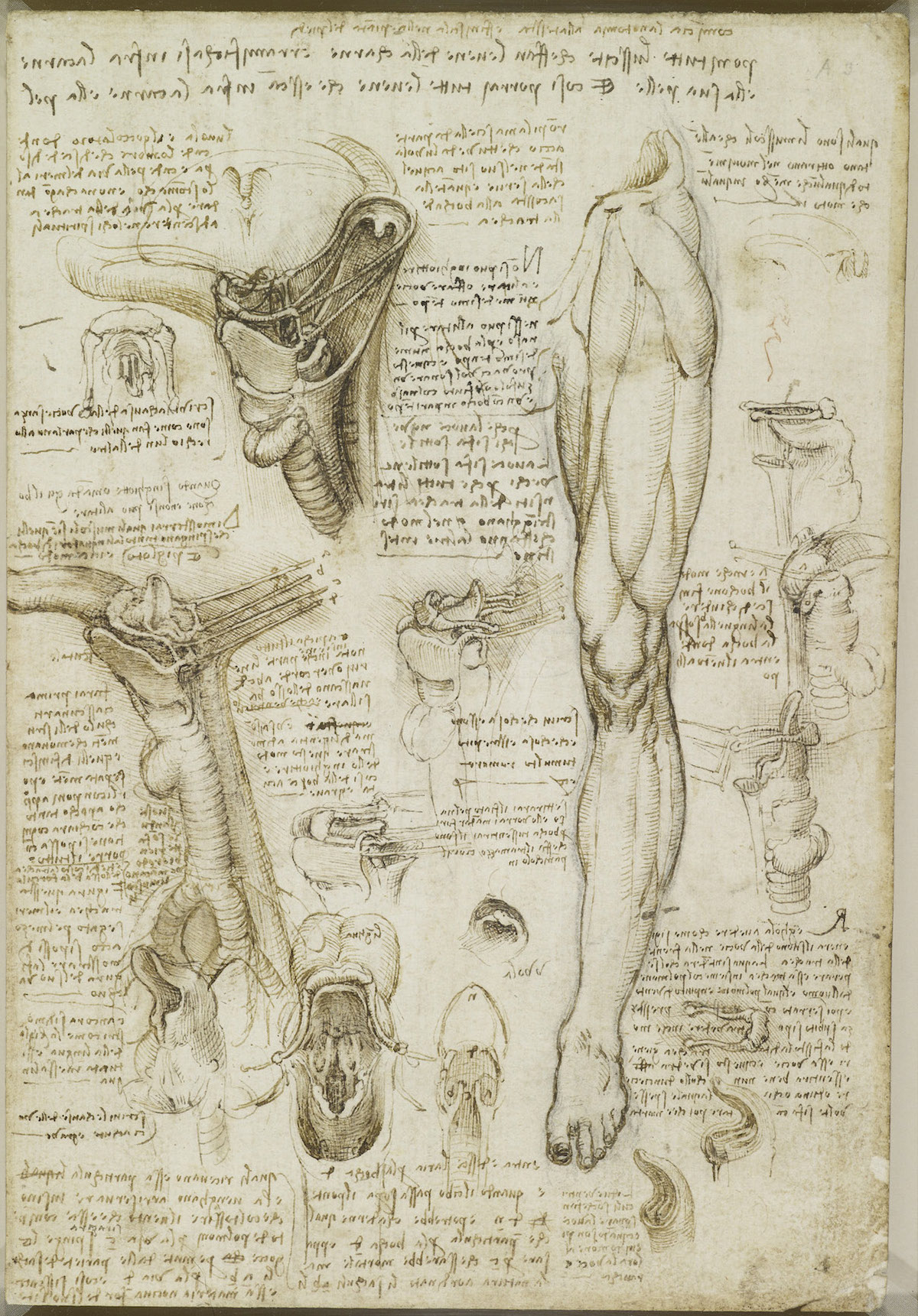
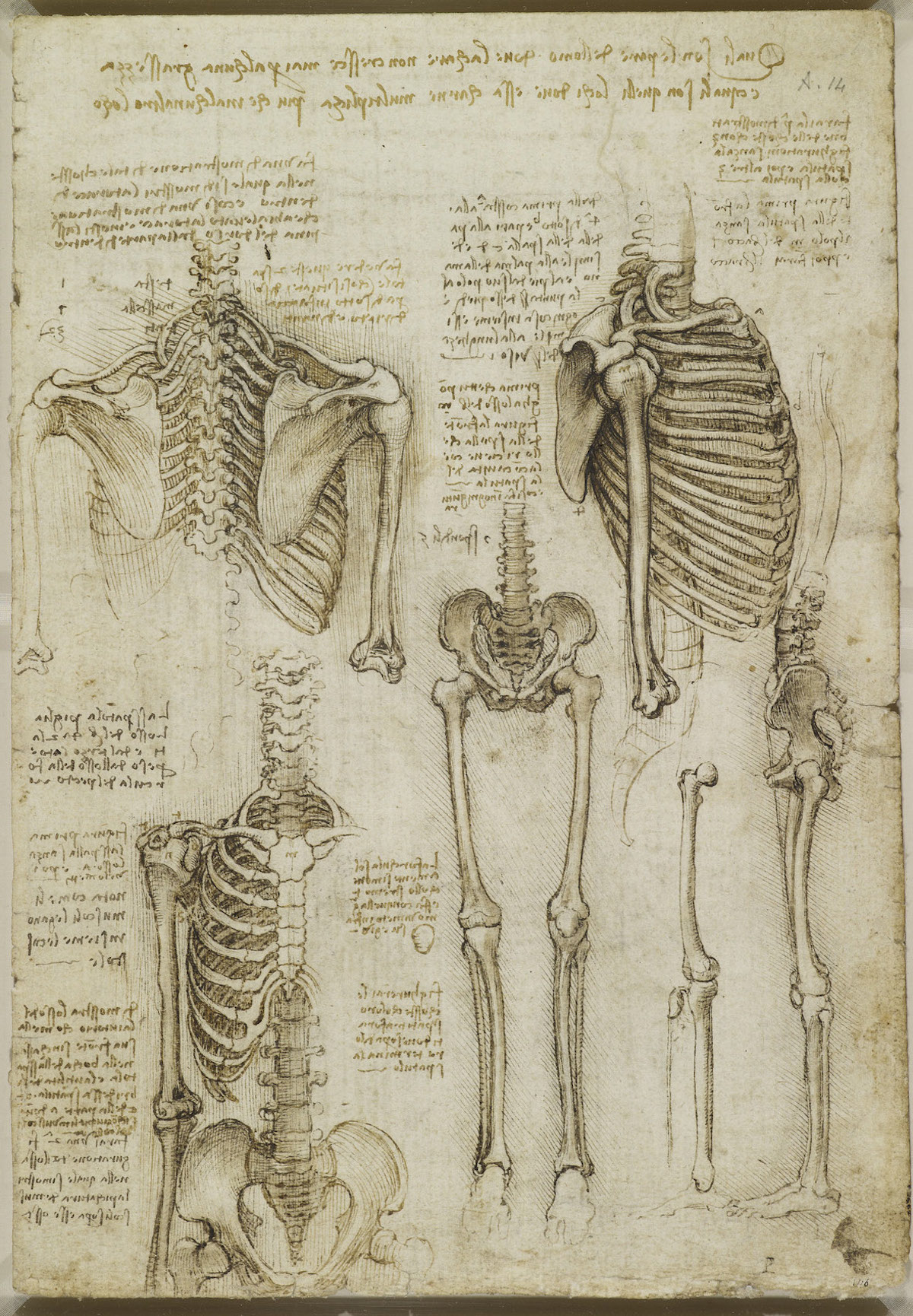

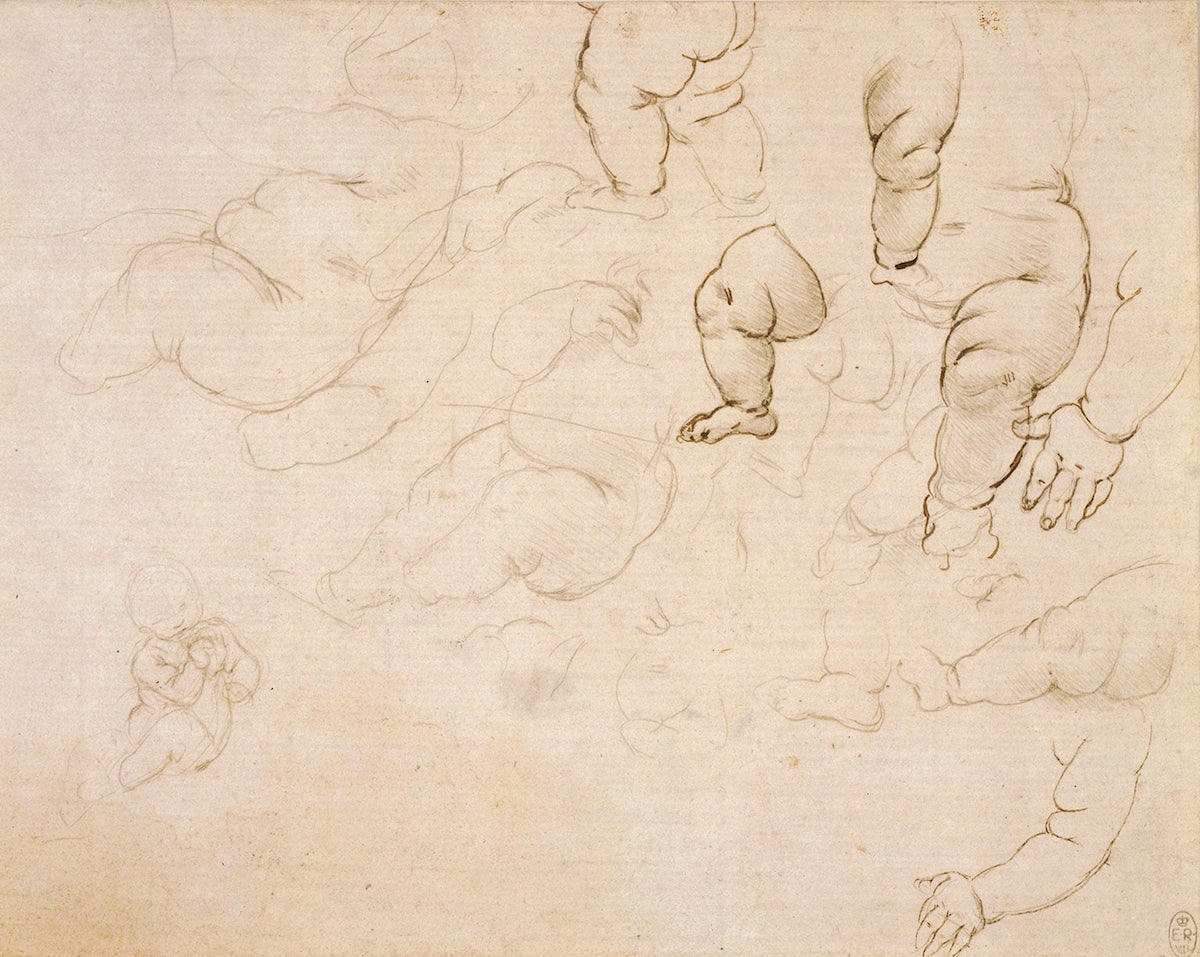

Leonardo da Vinci (Vinci 1452-Amboise 1519), A male nude , c.1504-5.
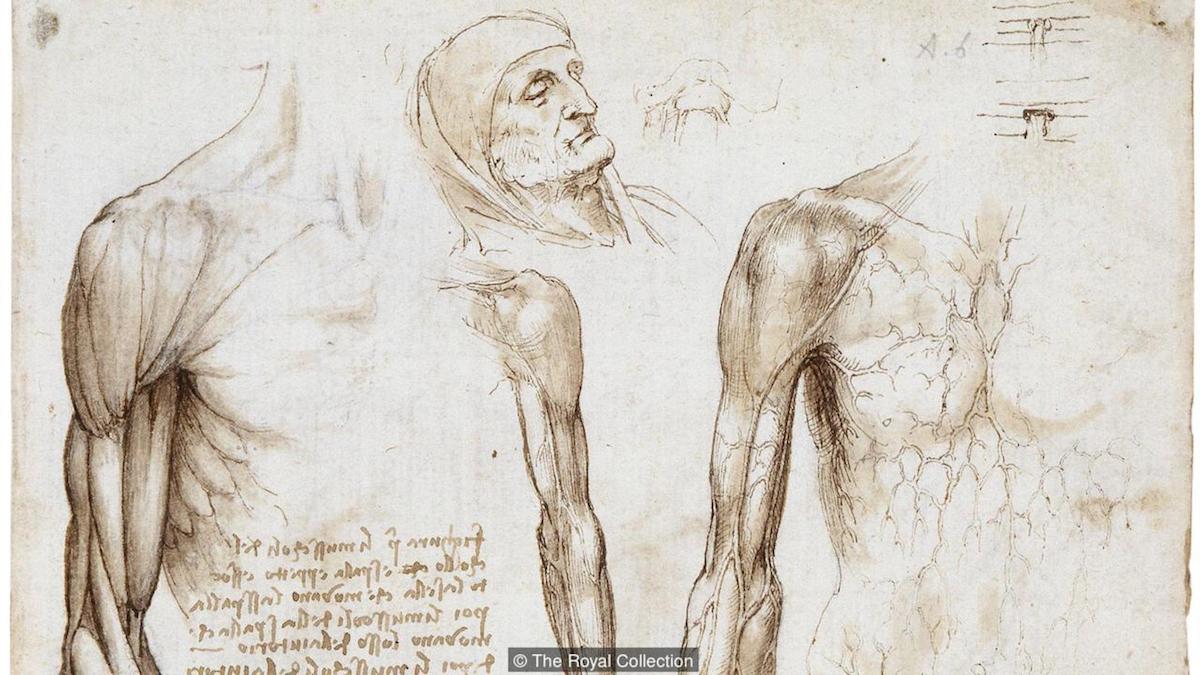

Leonardo da Vinci, Studies of Hands, c. 1489–90, 214 x 150 mm, metalpoint on prepared paper, Royal Collection, London

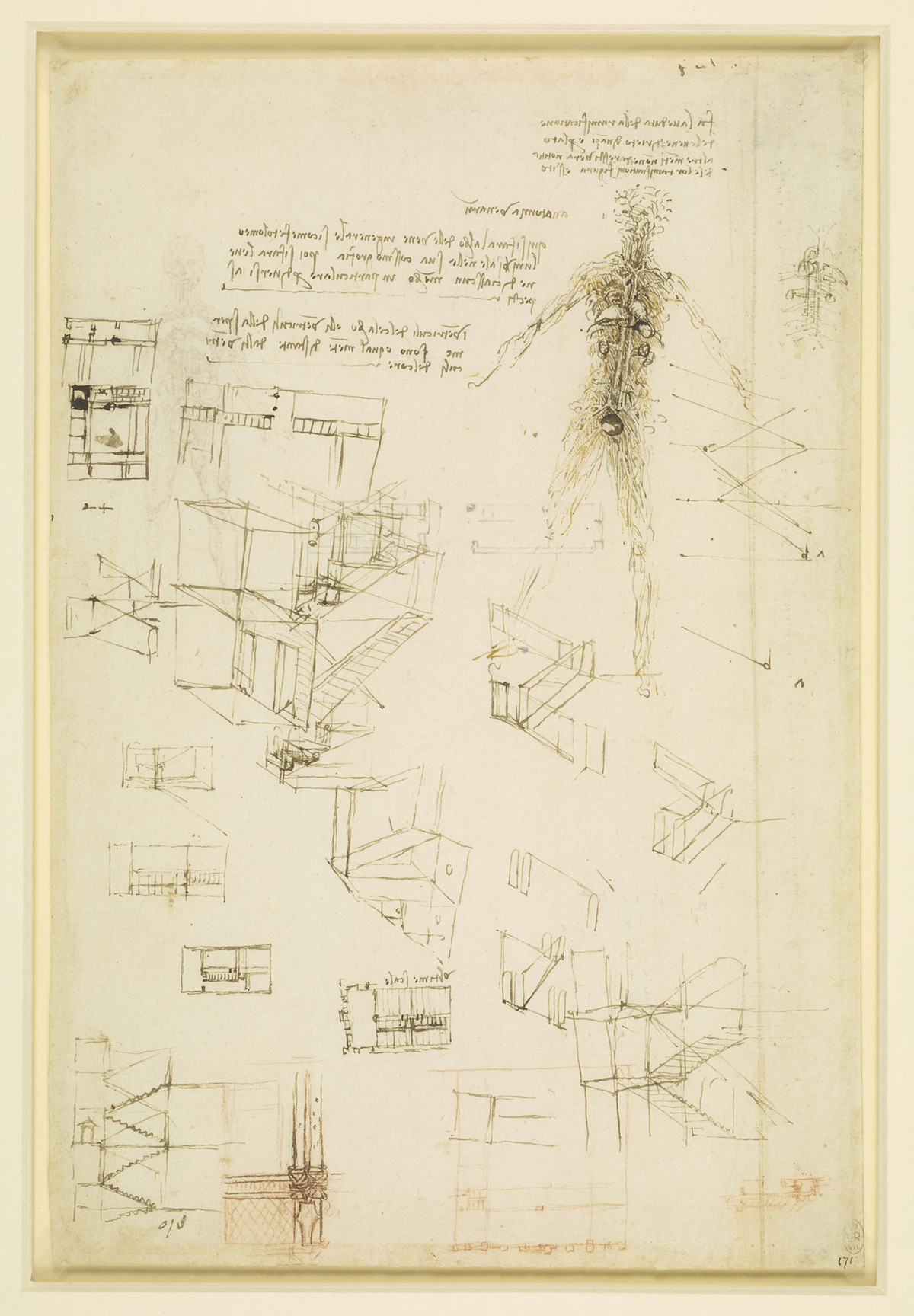
Studies of the vessels of the body, and of staircases.

The nerve pathways to the brain. 1510

The proportions of the head, and a standing nude c.1490
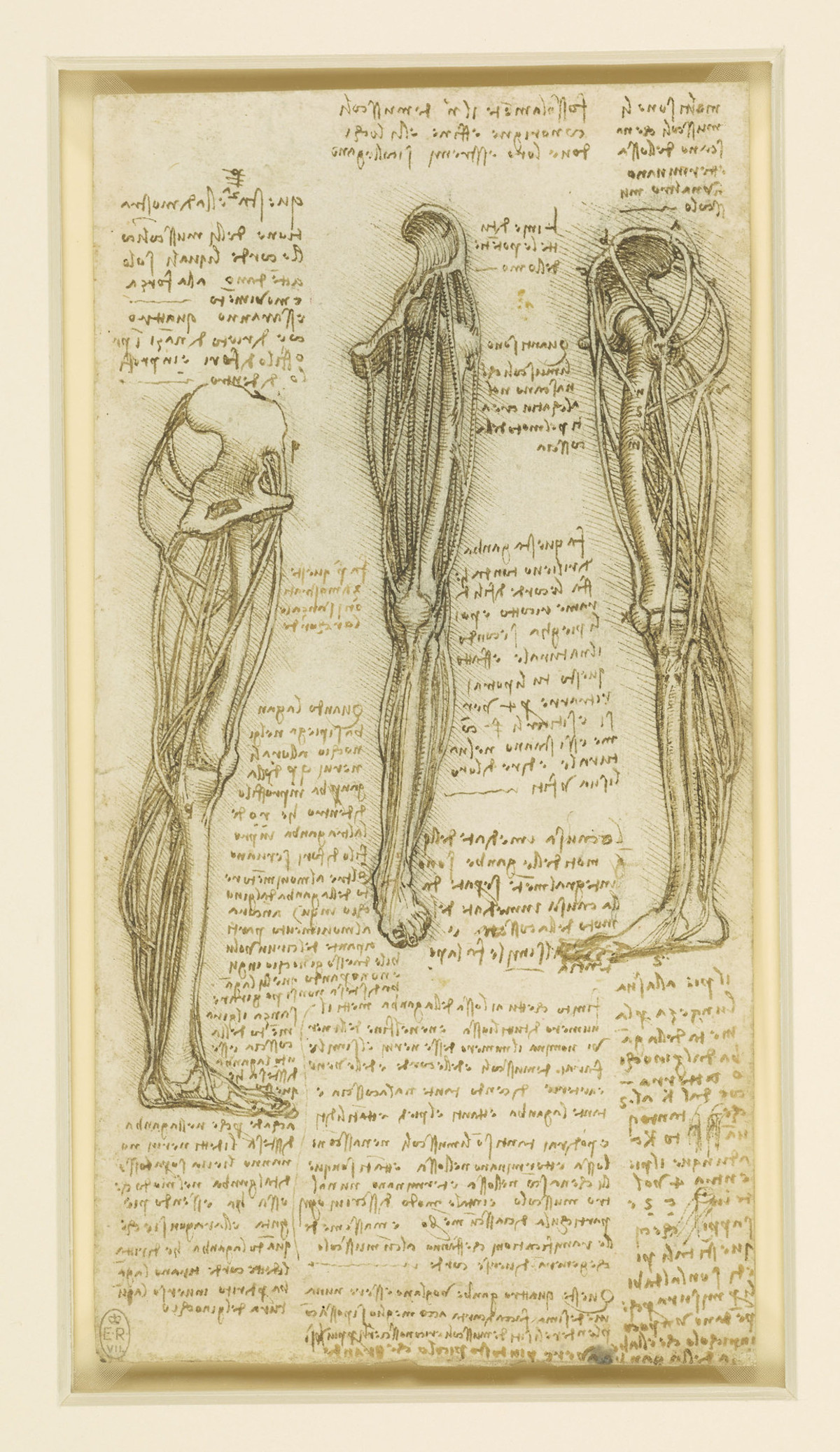
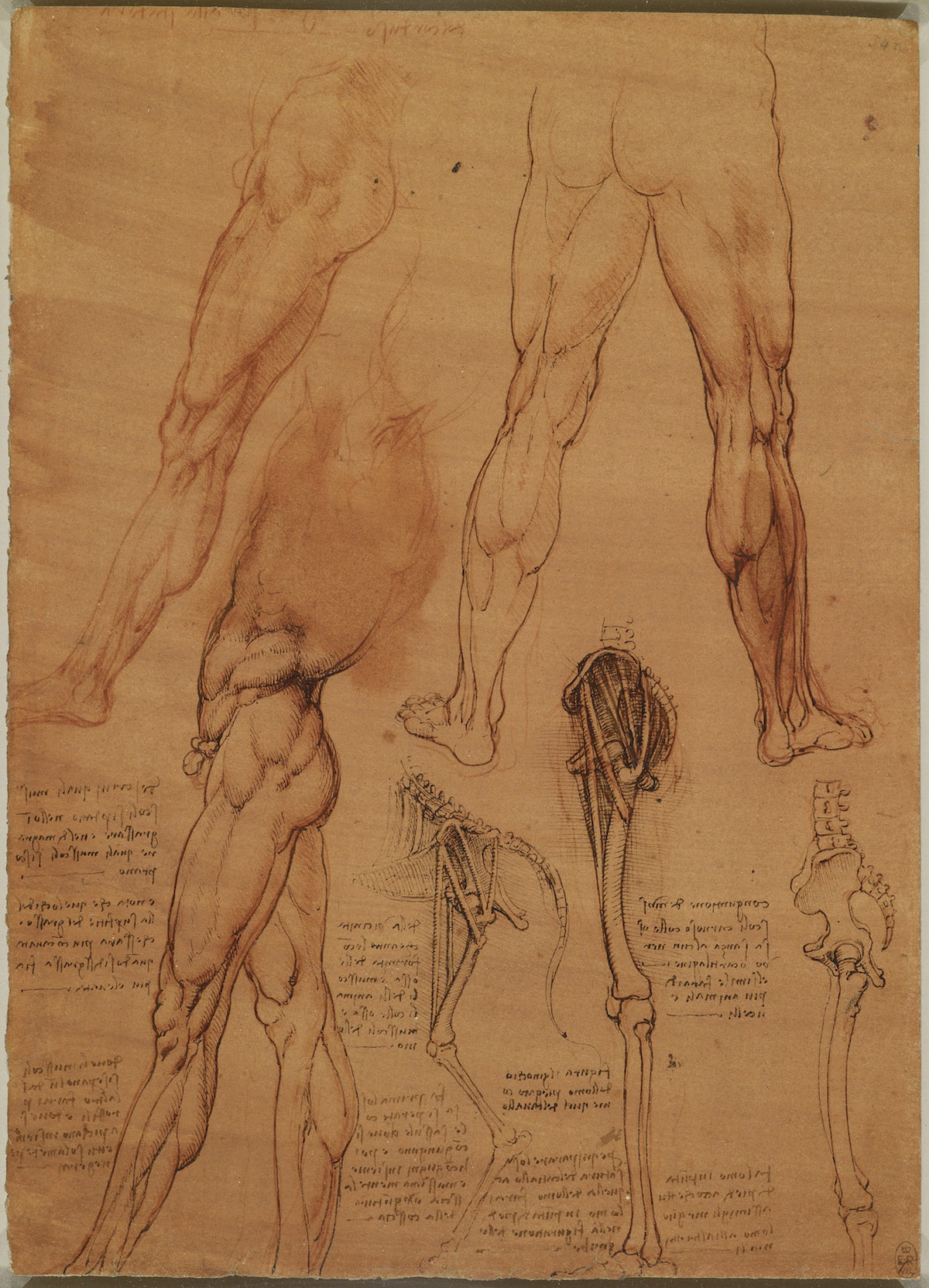
The leg muscles and bones of man and horse c.1506-8

The torso and leg of a nude man in profile, and a study of machinery. 1488
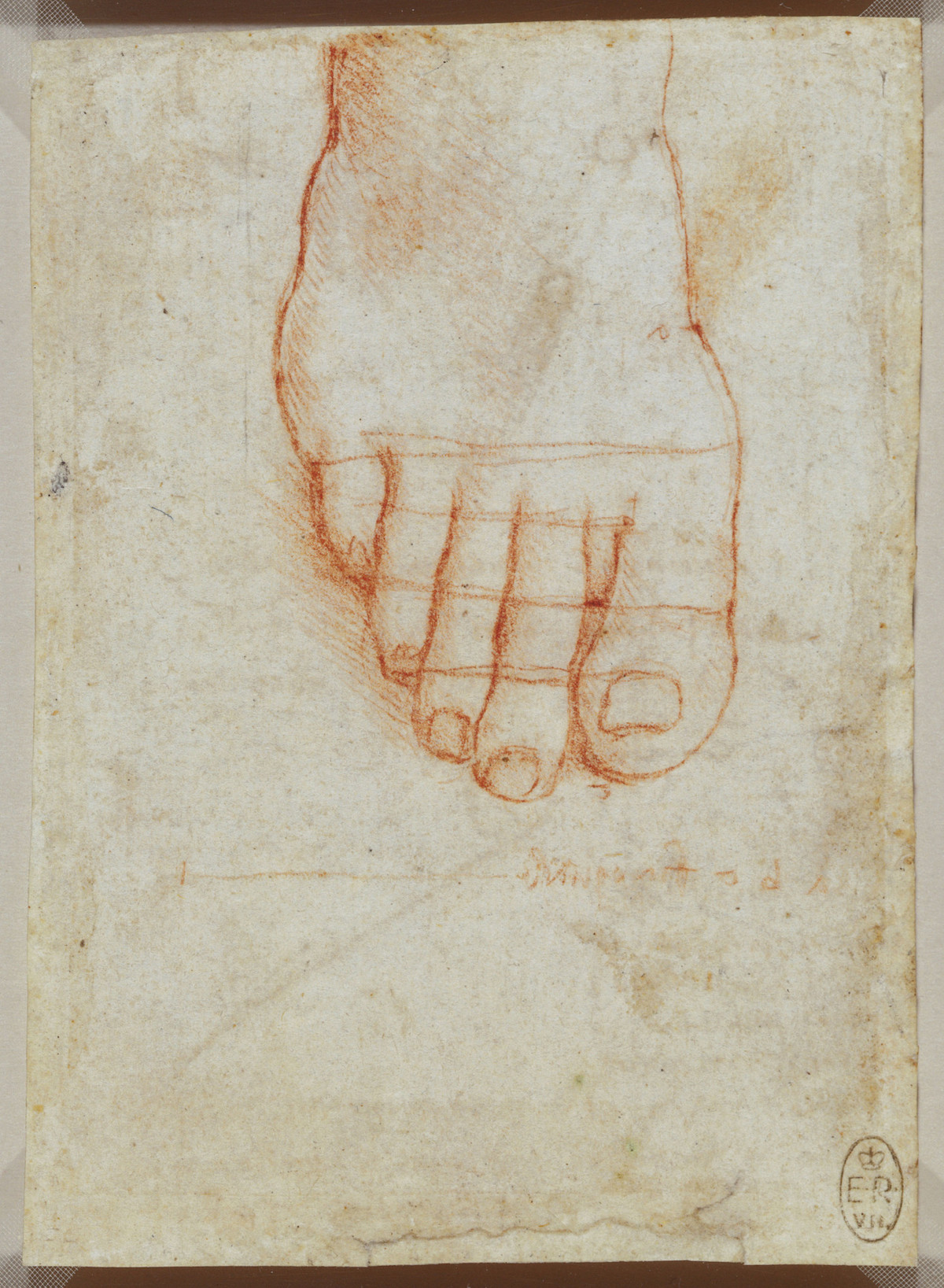
A right foot with lines of proportion. 1493

The muscles of the shoulder, torso and leg c.1504-6
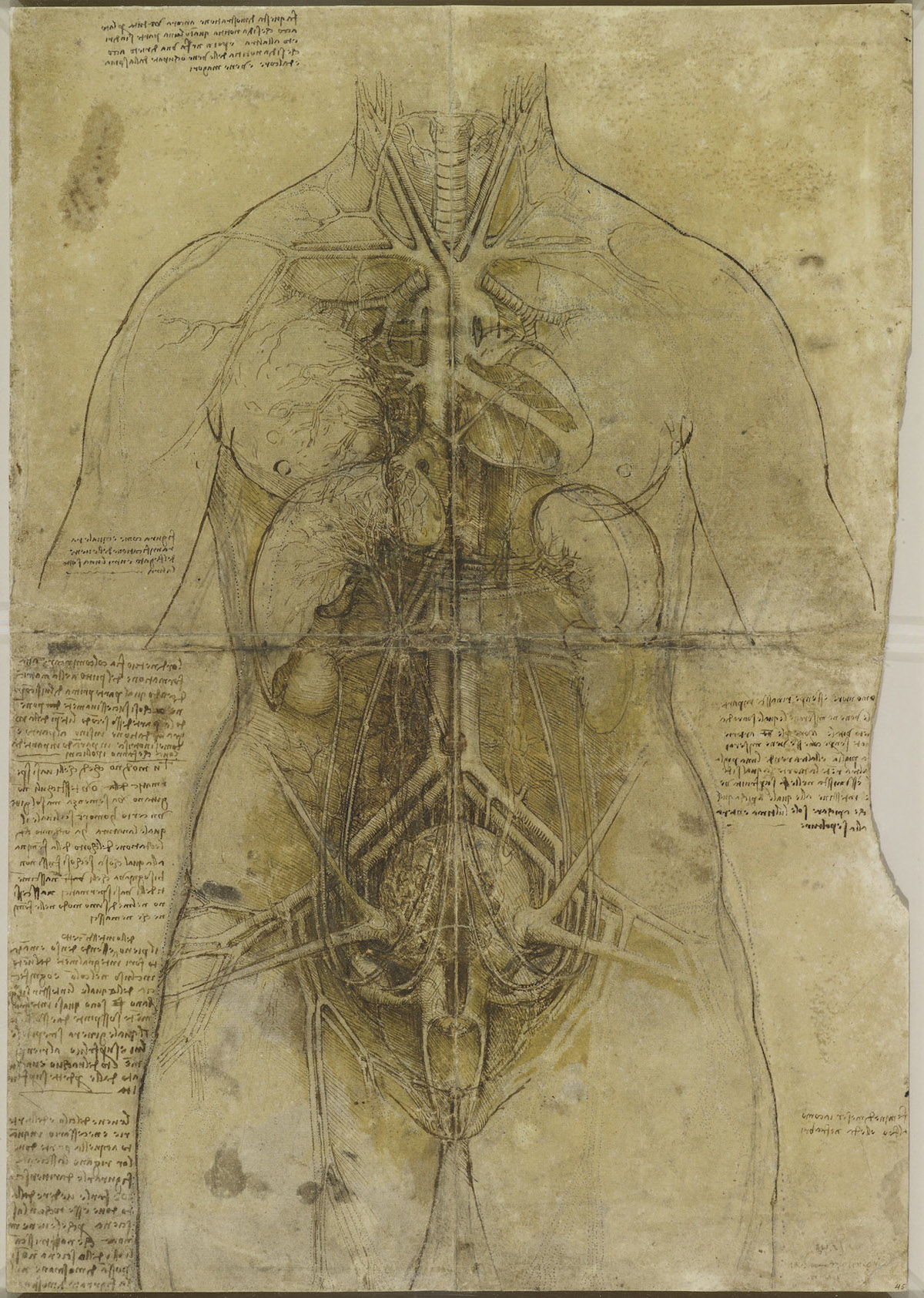
The cardiovascular system and principal organs of a woman c.1509-10
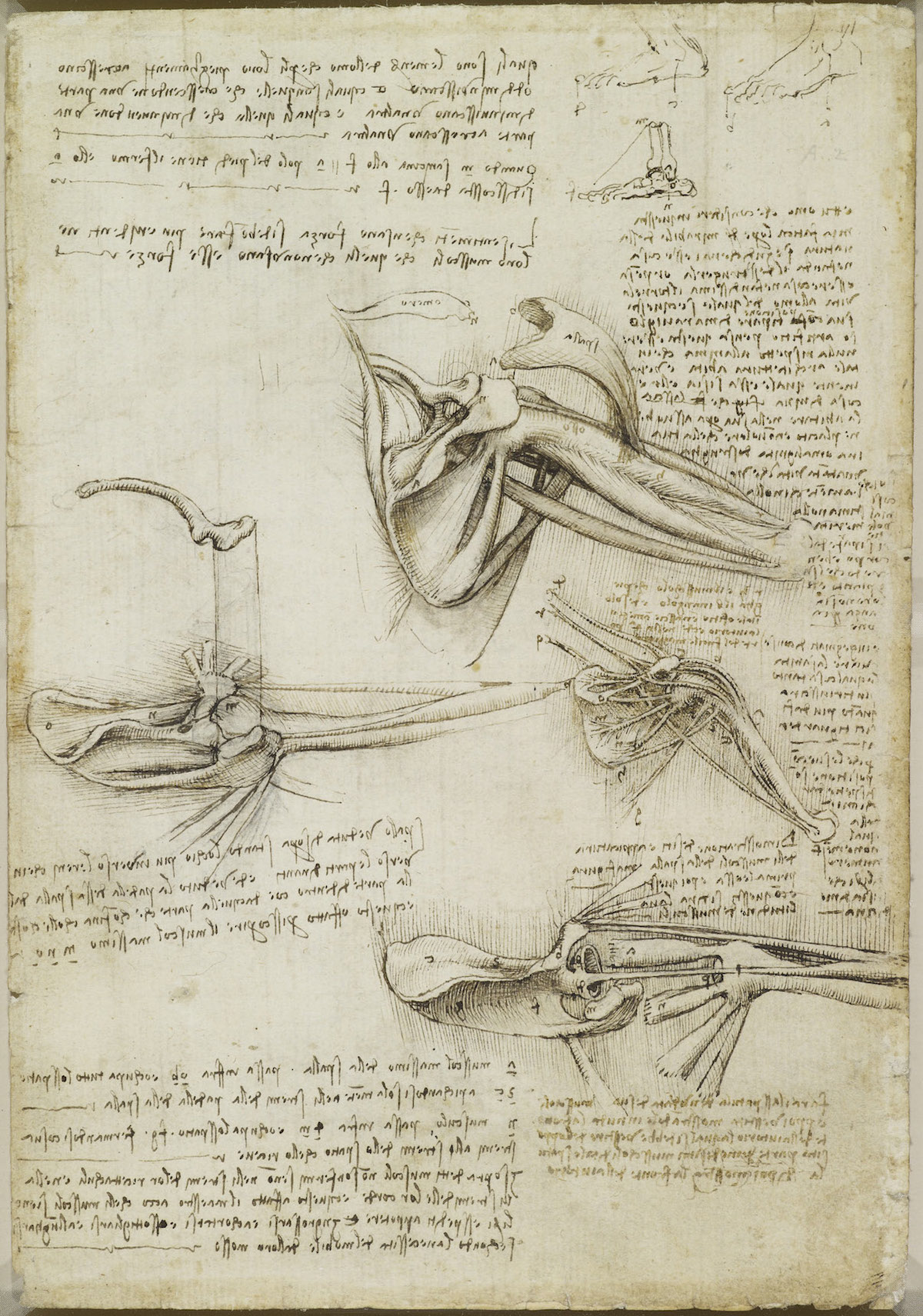
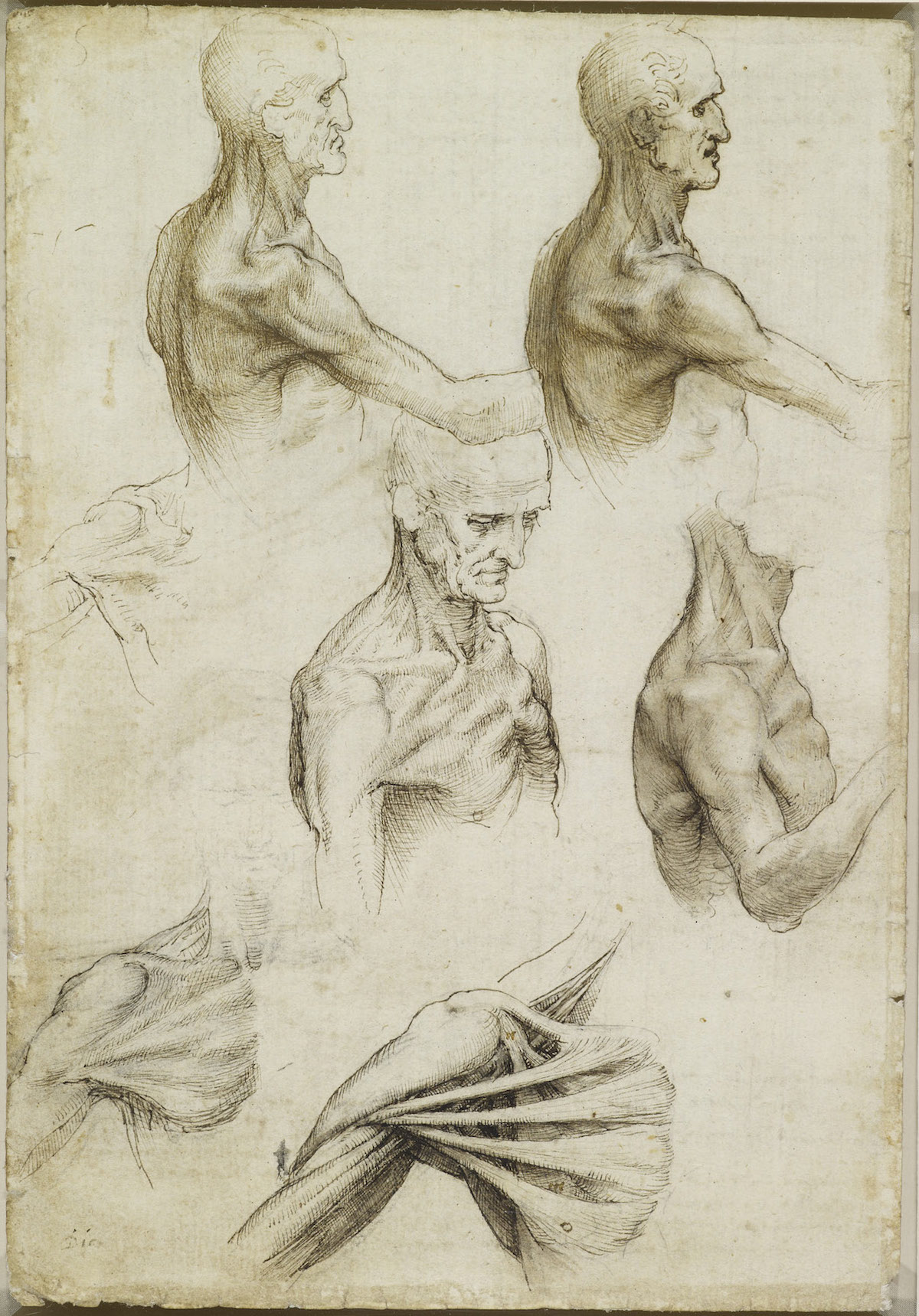
The bones and muscles of the shoulder. 1510

The bones of the foot. 1510
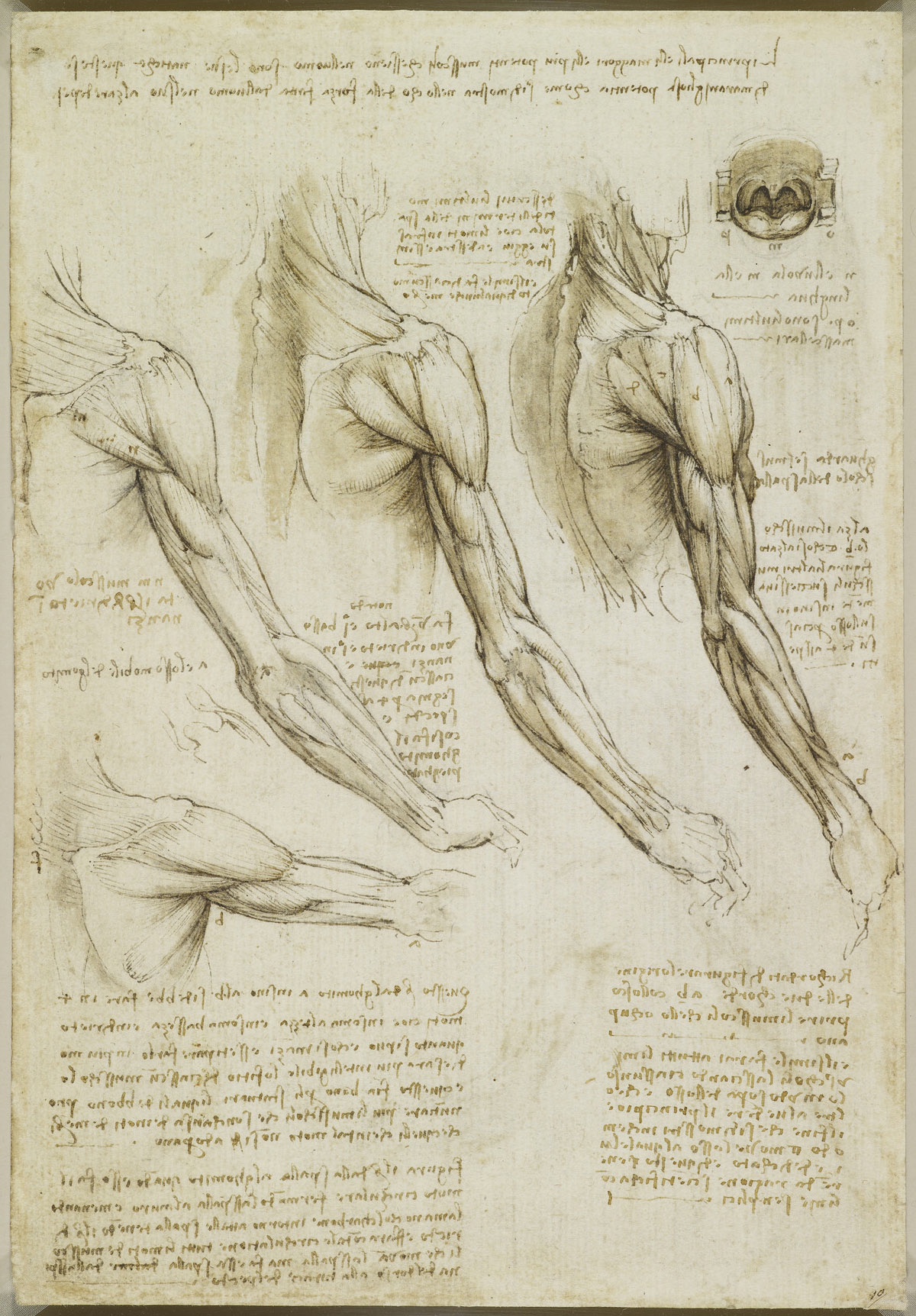
The muscles of the arm, and the veins of the arm and trunk. 1510
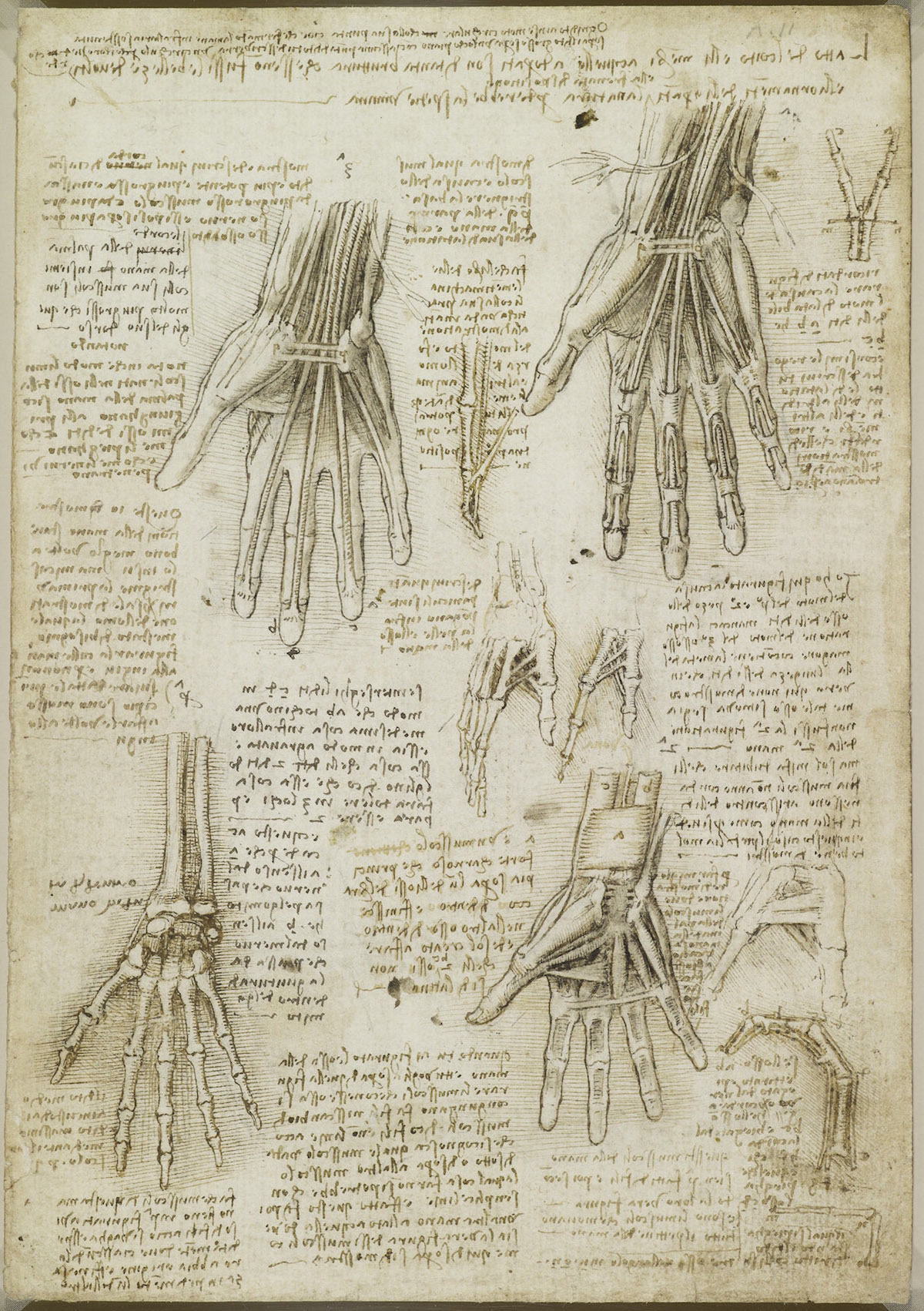
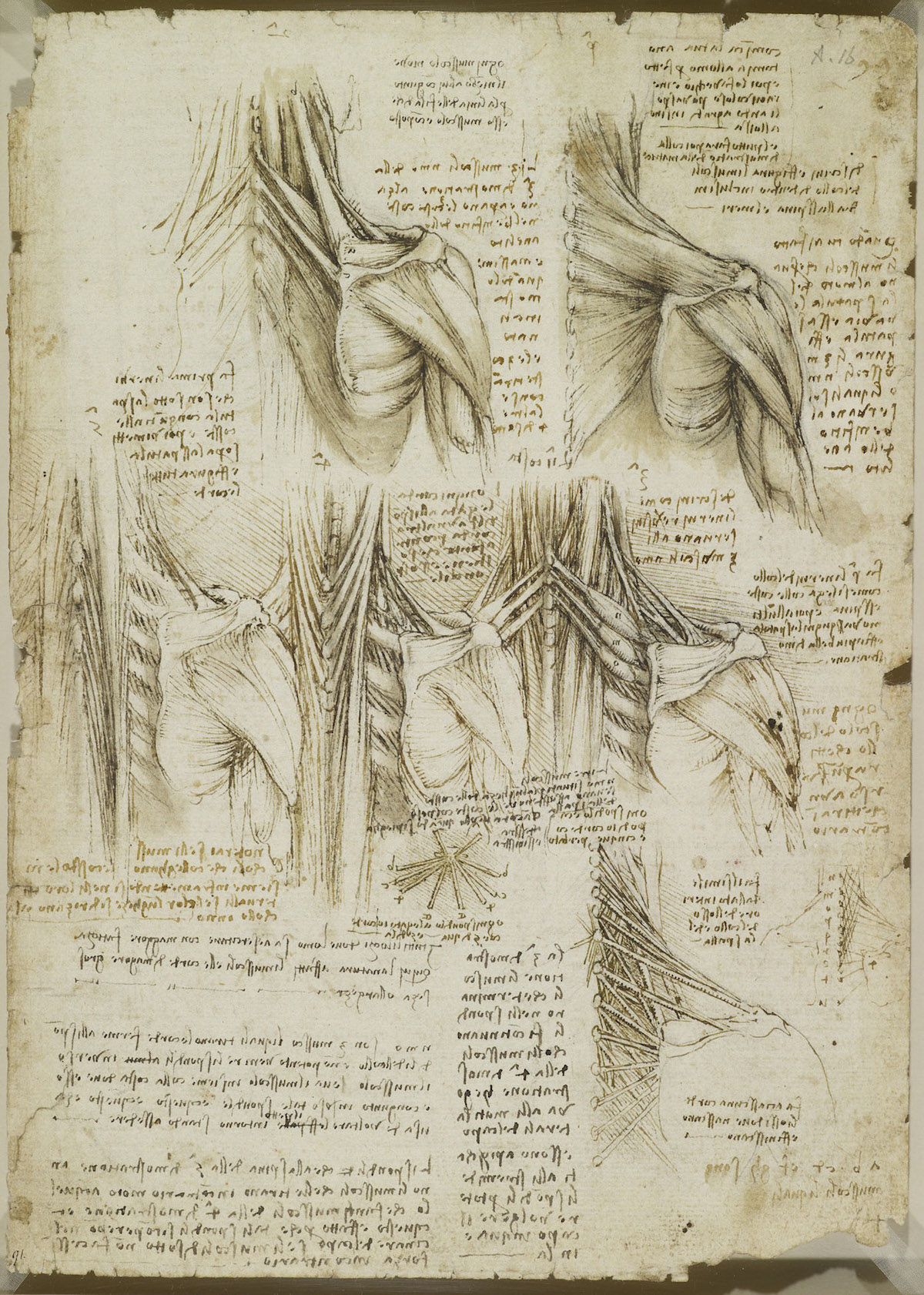


Vessels of the thorax, with comparison of the heart and a germinating seed.
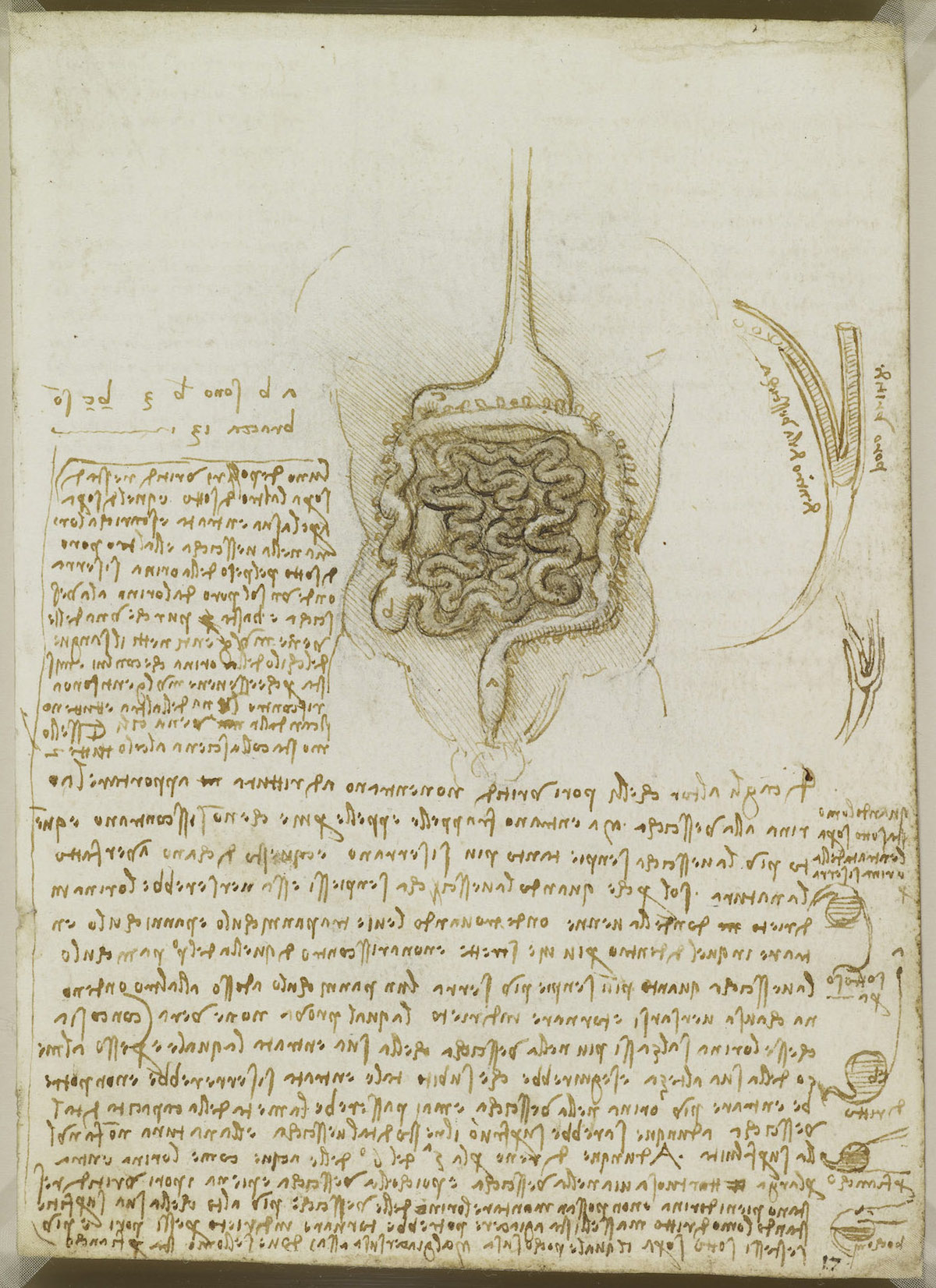
The gastrointestinal tract, and the bladder. 1508
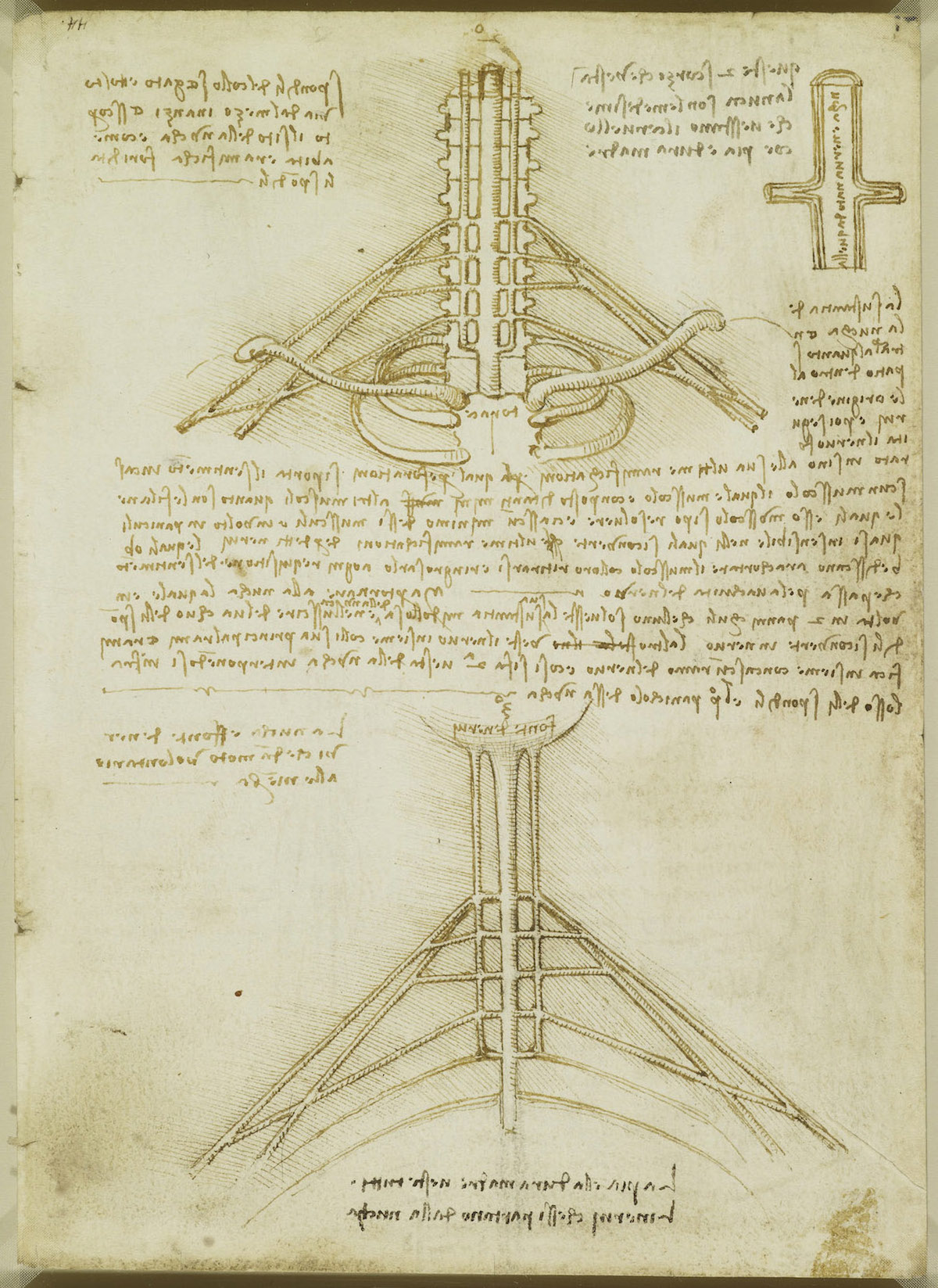
The brachial plexus.
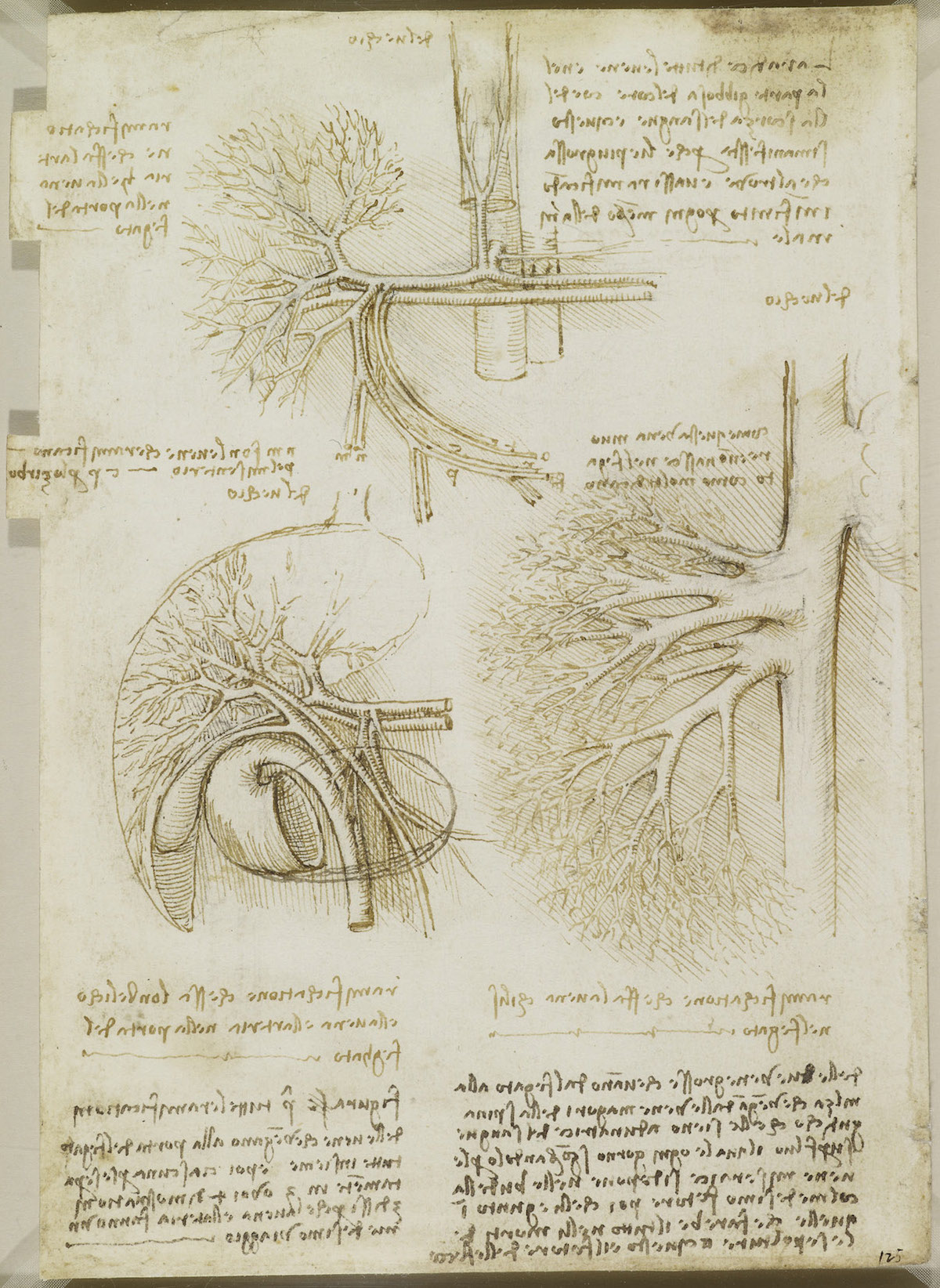
The vessels and nerves of the neck. 1511
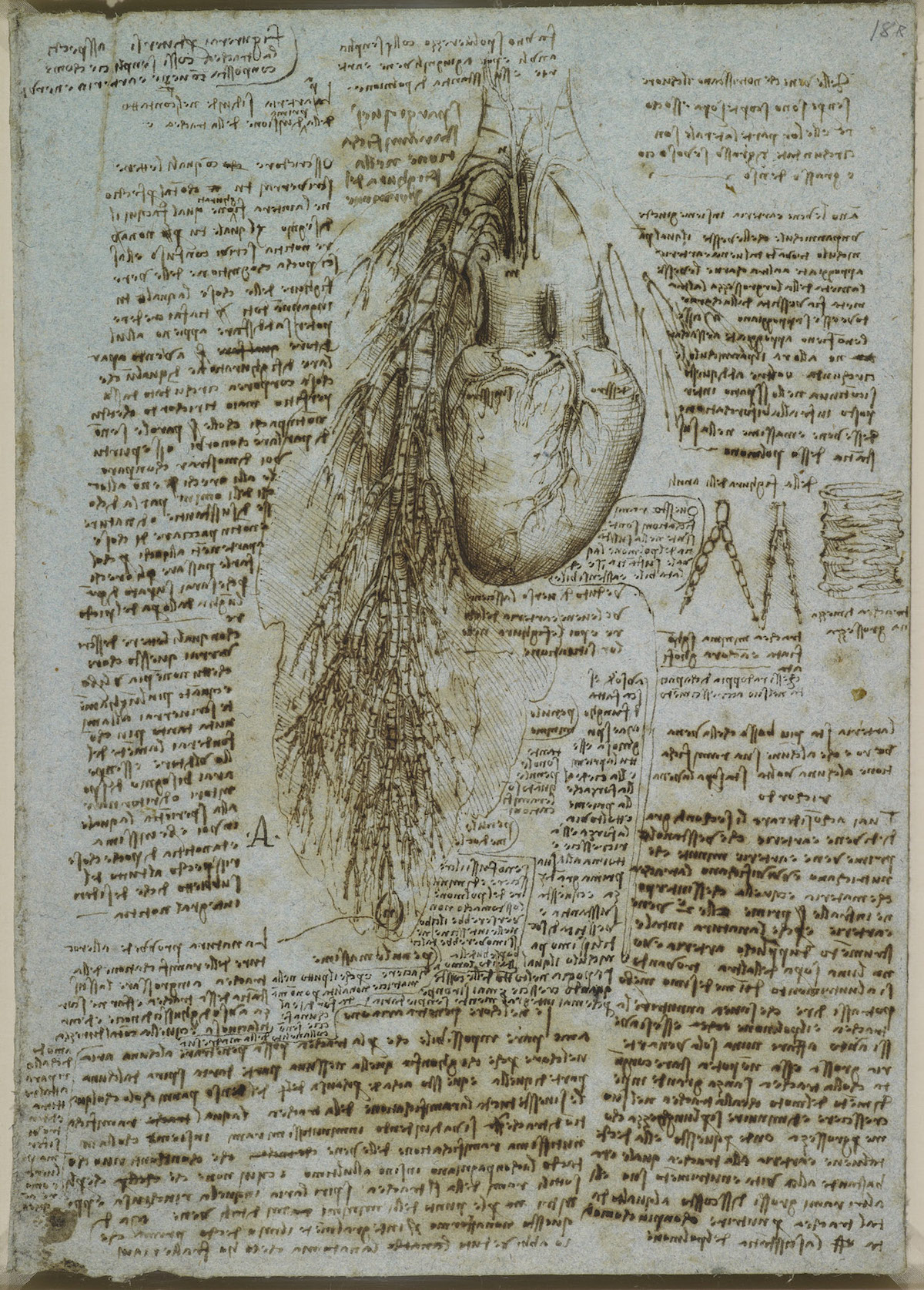
The heart, bronchi and bronchial vessels.
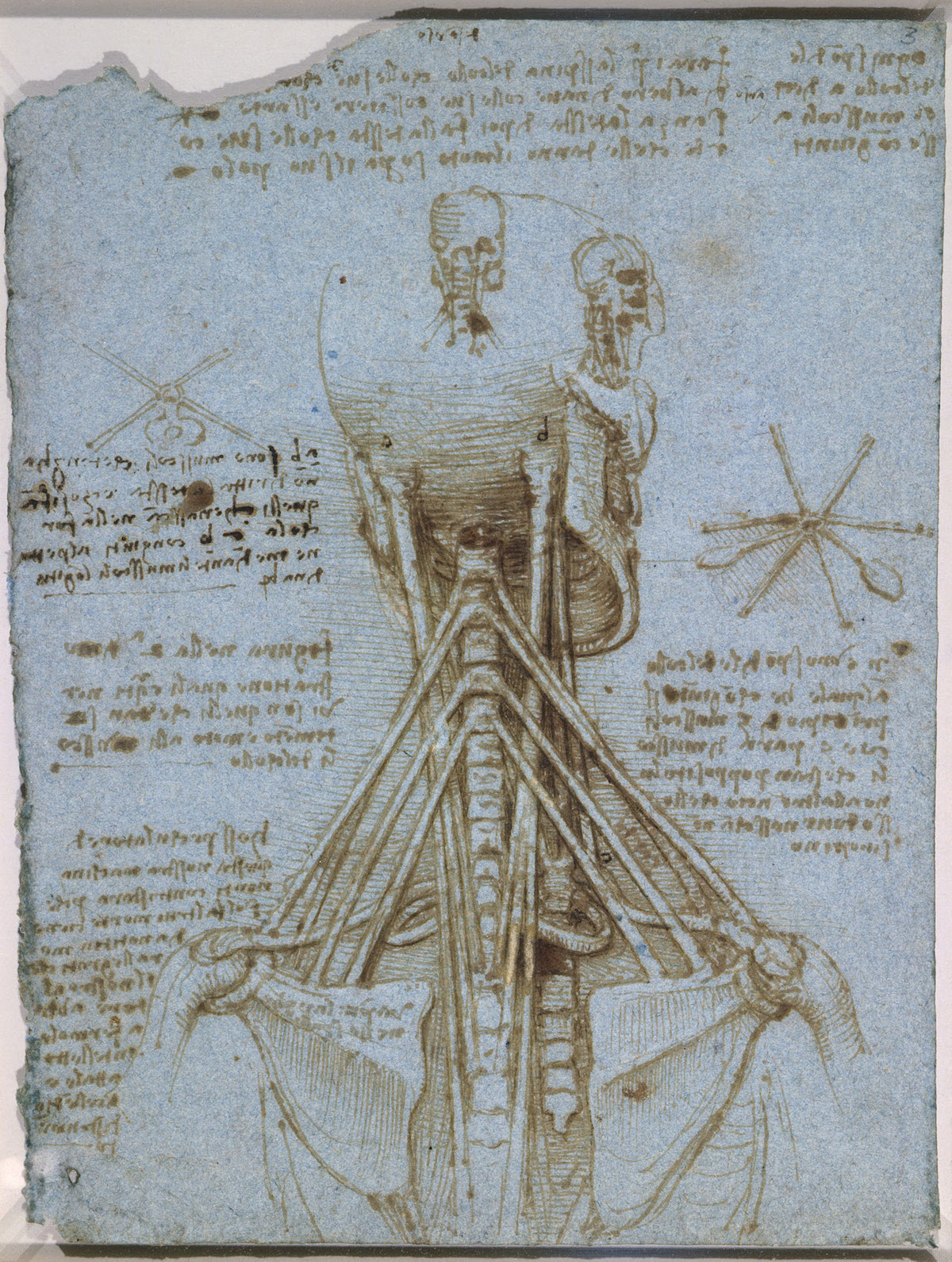
The anatomy of the neck c. 1512-13
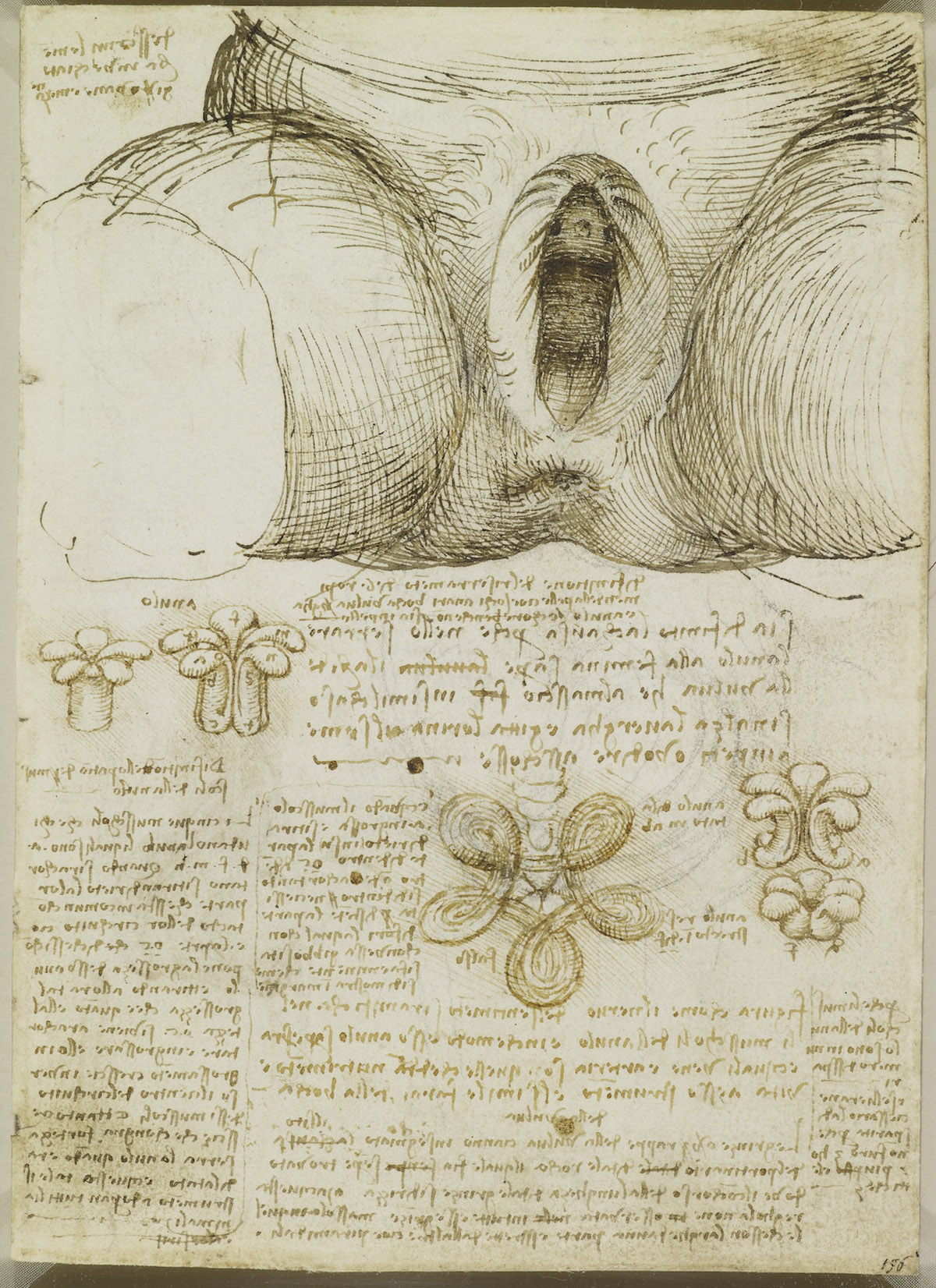
The male and female reproductive systems c.1508
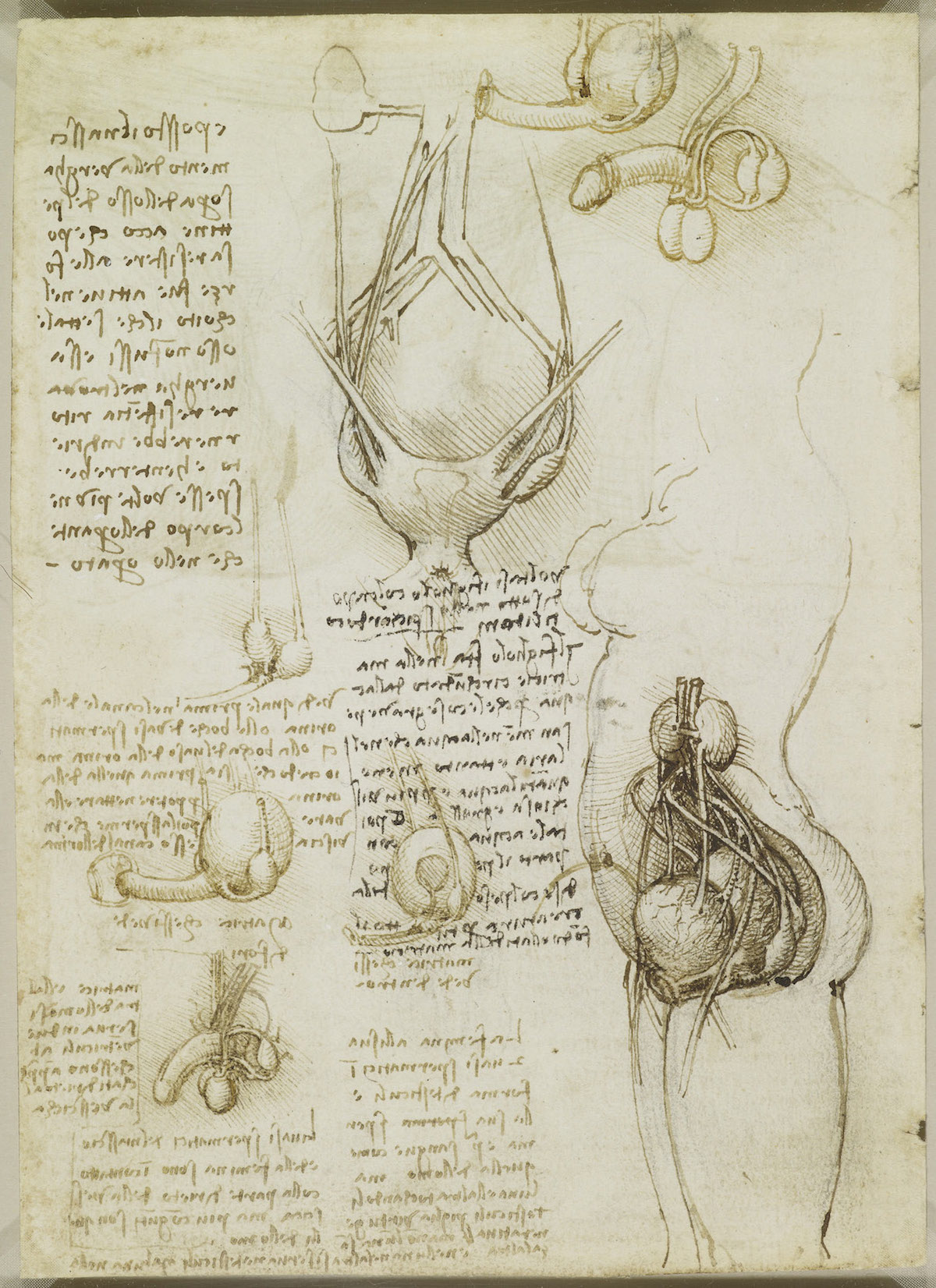
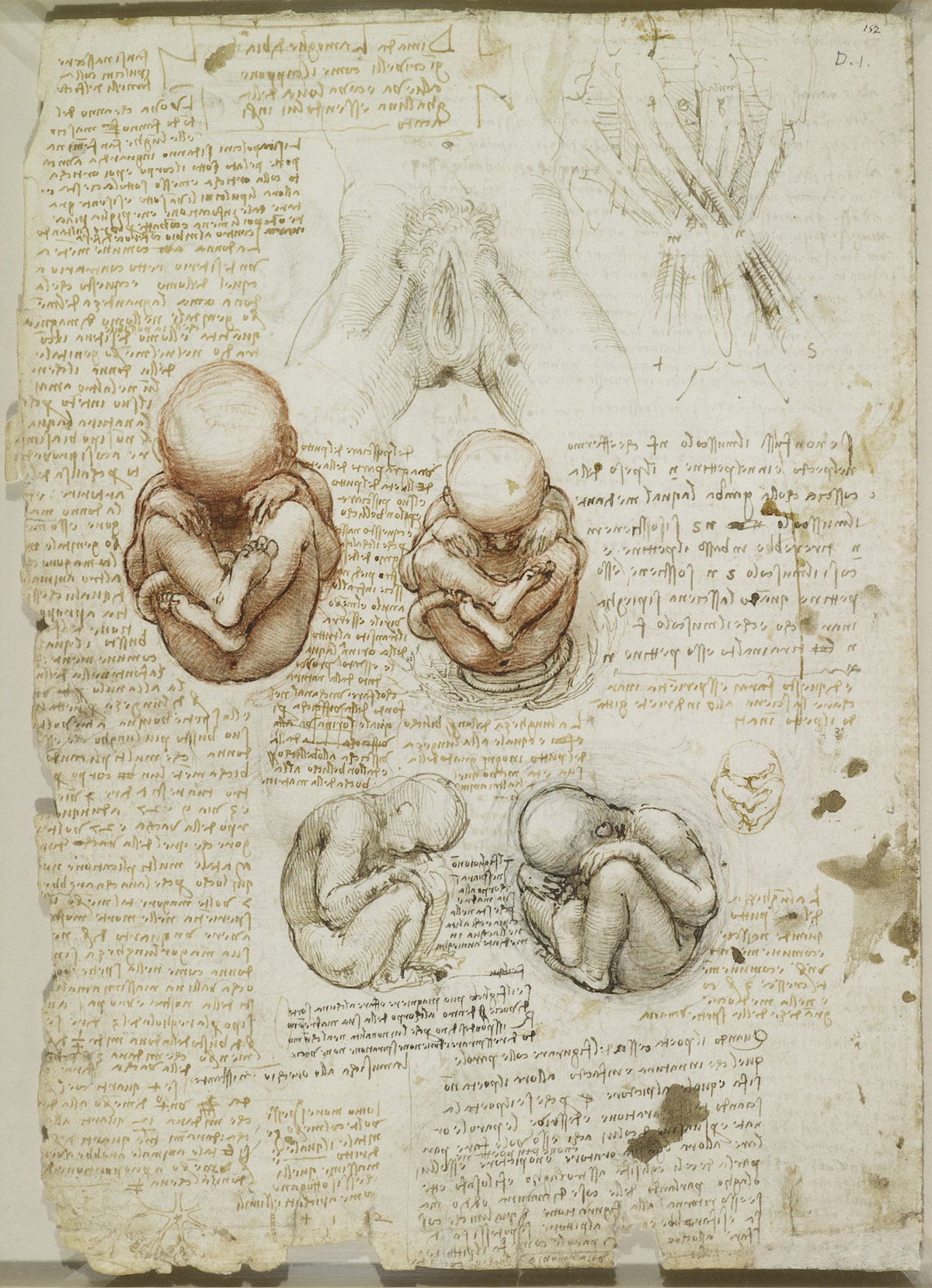
The foetus, and the muscles attached to the pelvis. 1511
There are almost 600 drawings by Leonardo da Vinci in the Royal Collection. They were originally bound into a single album, which was probably acquired in the 17th century by Charles II.
Via: Buckingham Palace’s Royal Collection Trust ; Leonardo da Vinci: Anatomist by Martin Clayton
Would you like to support Flashbak?
Please consider making a donation to our site. We don't want to rely on ads to bring you the best of visual culture. You can also support us by signing up to our Mailing List. And you can also follow us on Facebook, Instagram and Twitter. For great art and culture delivered to your door, visit our shop.






